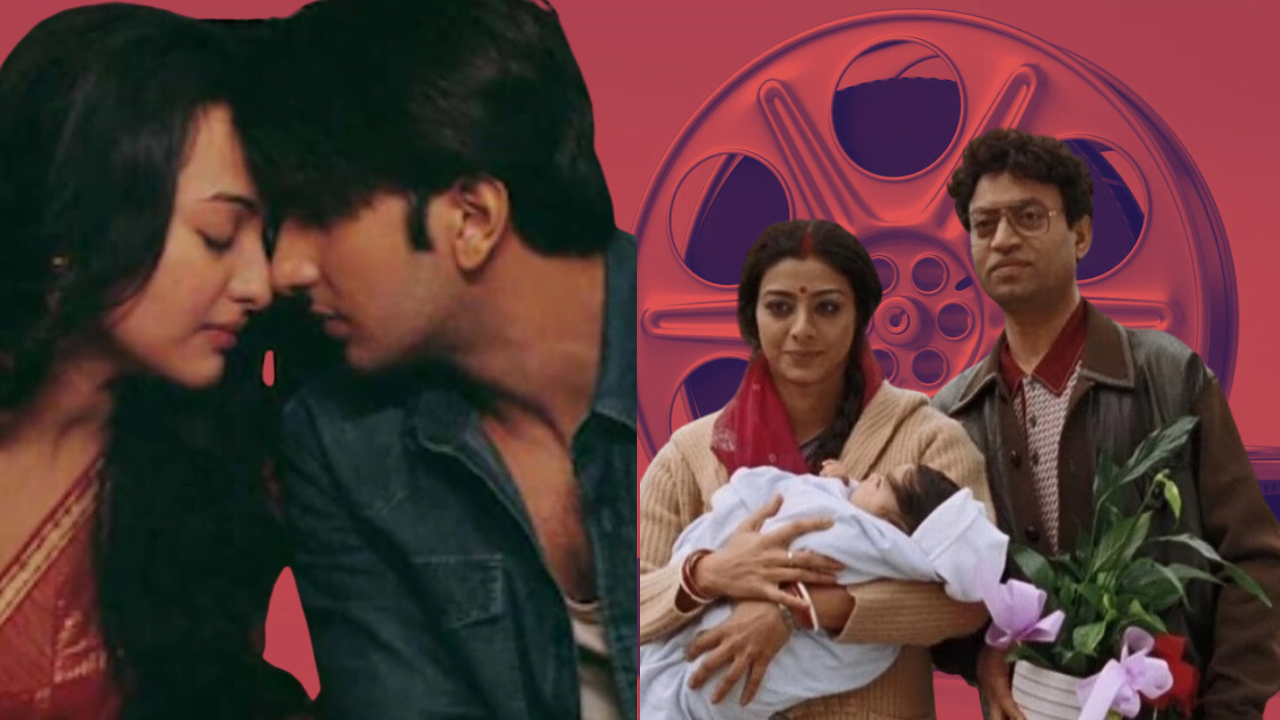The art of cinema stands out as a significant medium for exploring and narrating stories of grief. This gives rise to the notion of the aesthetics of loss as an essential aspect of film history, making them a necropolis of dead soul, where stories and narratives are preserved with all its overtones. While there hasn’t been elaborate work done to represent mourning and grief in cinema as an independent textual project, confining and relegating these films and their multifaceted characters to separate Freudian psychoanalytic concepts would be an injustice to how intense, nuanced and most importantly gendered the concept of grief is.
Women often express their grief within the confines of domestic spaces, like kitchens and verandahs, until at some point they are abruptly expected to display their sorrows openly, breaking free from these confined domestic spaces imposed on them by patriarchy. This expectation arises from the belief that men, both agents and victims of patriarchy, see emotional expression as a threat to their masculinity making the process of grieving overtly gendered in nature influenced by social norms.
The purpose of this article is to look at how grief and death get tackled on the celluloid screen through its layered characters in Hindi cinema, but that has to be a fairly colossal task. It eventually began with a personal experience of how women grieve and mourn death or a sense of loss in a patriarchal social space.

Women often express their grief within the confines of domestic spaces, like kitchens and verandahs, until at some point they are abruptly expected to display their sorrows openly, breaking free from these confined domestic spaces imposed on them by patriarchy. This expectation arises from the belief that men, both agents and victims of patriarchy, see emotional expression as a threat to their masculinity making the process of grieving overtly gendered in nature influenced by social norms. Cinema reflects this sociocultural reality by imitating life and attempts to showcase how various symbols, motifs and cinematic techniques represent a woman’s grief and loss in visual storytelling.
The two films The Namesake directed by Mira Nair and Lootera by Vikramaditya Motwani, an adaptation of the works of Jhumpa Lahiri and O. Henry respectively, would be the focal point of this article. Psychoanalyst Darian Leader posited this very similar question regarding the use of art in the process of mourning, and whether it could be a vital tool in making sense of all the inevitable material and immaterial losses of life.
The two films The Namesake directed by Mira Nair and Lootera by Vikramaditya Motwani, an adaptation of the works of Jhumpa Lahiri and O. Henry respectively, would be the focal point of this article. Psychoanalyst Darian Leader posited this very similar question regarding the use of art in the process of mourning, and whether it could be a vital tool in making sense of all the inevitable material and immaterial losses of life.
Long before cinema came into existence, performative art in India was concerned and built upon the idea of melodrama based on theories of rasas. These rasas and its effect were fervently visible till the 70s and 80s in Indian films discussed by authors like Ravi Vasudevan, who described how the consistent association of the thematic ideas of melodrama with cinema occurs “through issues of loss, the suffering of the innocent, the importance of the family, the domestic sphere and the centrality of women in it”.
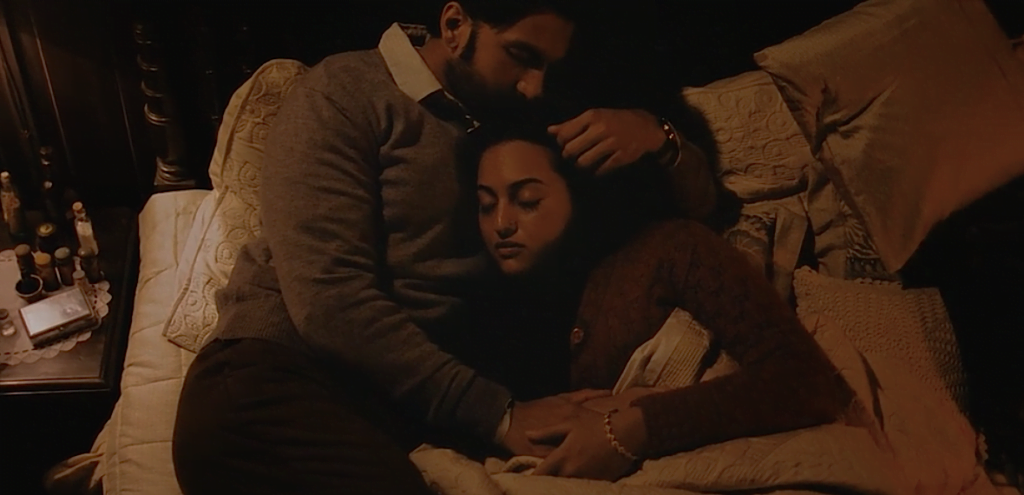
Mourning on the other hand with all its psychoanalytic framework is based on the Freudian idea of presence and absence. The process of mourning becomes an attempt to grapple with grief and consequentially ends up destabilising the humane transformations of a person created by the subjectivities of everyday life. The routine of everyday life considered to be a state of “normalcy” gets shattered while grieving, making it one of the central set-ups in a film representing ideas of loss. On the other hand, an absence of “normalcy” along with an absence of language creates space for deadening silences, these gaps created by grief are where silences settle in and further get represented through cinematic techniques and material motifs in films.
The Namesake And Cinematic Motifs Of Loss
The idea of silences filling the void of loss was a recurrent technique in The Namesake. Ashoke (Irrfan Khan) and Ashima (Tabu) dealt with the loss of their culture and heritage in an unfamiliar and foreign land along with their son Gogol (Kal Penn) and daughter Sonia (Sahira Nair). The film abstractly explored grief and loss through the lens of cultural identity, keeping the individual and collective journeys of the aforementioned characters in the centre.
Gogol confronted his complex relationship with his father (Ashoke) and his own cultural roots after Ashoke’s untimely death, which he had distanced himself from as a second-generation immigrant in the United States. He had to confront the loss of his father’s presence and navigate his own sense of self and existence. The film went beyond portraying grief as mere material loss, instead depicted the characters entangled in the politics of identity, displacement and migration. This was represented through Gogol trying to locate his cultural and existential identity while attempting to grapple with the loss of his father, after sharing a complex relationship with him throughout his life.
Ashoke and Ashima experienced a loss of origin and roots after migrating to another country, which their children Gogol and Sonia couldn’t fully comprehend, adding complexity to their relationship with their parents. From a gendered lens, this sense of loss of home had a completely different effect on Ashima as a woman enclosed in the domestic space away from her family in an alien land, dependent on a man chosen by her family. This effect of loss remained unfamiliar for Ashoke throughout the film as the “provider” of the family with consistent access to public spaces.
Similarly, Ashoke and Ashima experienced a loss of origin and roots after migrating to another country, which their children Gogol and Sonia couldn’t fully comprehend, adding complexity to their relationship with their parents. From a gendered lens, this sense of loss of home had a completely different effect on Ashima as a woman enclosed in the domestic space away from her family in an alien land, dependent on a man chosen by her family. This effect of loss remained unfamiliar for Ashoke throughout the film as the “provider” of the family with consistent access to public spaces.
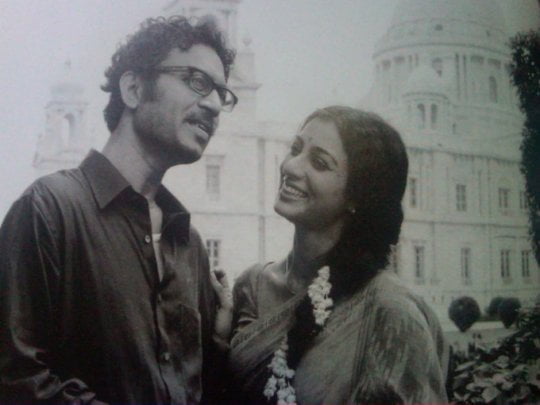
These differences in gender and generational understanding of loss influenced how each family member grieved Ashoke’s death in distinct ways. Ashima found solace by returning to her birthplace in India and resuming her passion for singing, while Gogol made his first attempt to understand his father by reading the novel (The Overcoat by Nikolai Gogol), a gift from his father on his eighteenth birthday.
In terms of motifs why a Russian realist novel about the banality of bureaucracy became a central entity in locating the ups and downs of the complex relationship of an immigrant father and son is a prominent question. It was the book itself which proceeded to provide a meaningful end to their relationship. What ended up being important was not the subject matter of the novel but how it became a symbol of Ashoke’s metaphorical as well as literal migration to the US. Trains on the other hand played a role in representing the figurative journey that all the characters undertook after losing a sense of their origin.
One of the major examples was how the film began with a train journey where Ashoke was seen chatting with his fellow traveller about books being a medium of traversing the world for him, it happened right before the accidental fire on the train leaving a traumatic mark on him throughout his life. These two motifs completed a full circle when Gogol read The Overcoat for the first time after his father’s death in a train. It was how he dealt with the loss of his father through his memory and simultaneously located his own existential sense of identity after his failed marriage.
Spatial Politics And Grief For Ashima
What becomes important to note further is the gendered connotations in understanding Ashima’s grief after and even before Ashoke’s death. In the beginning of the film, when Ashoke visited Ashima’s house with his parents for their arranged marriage, there was a scene where Ashima tried on Ashoke’s shoes. The camera zoomed in on the Made in USA tag, symbolising the spatial politics and restrictions in a woman’s life, which meant that the only medium for her to step outside the space of domesticity was through the institution of arranged marriage imposed upon her.
Ashima’s loss of home and her struggle to adapt to a new country without regular access to public spaces as opposed to her husband was portrayed on screen through subdued colour palettes, except for her red saree. This highlighted her double marginalisation as a married woman experiencing the loss of her home. Only after Ashoke’s death did she rediscover her love for classical music, it was the absence of men in her life which brought her back to her passion for music.
Ashima’s loss of home and her struggle to adapt to a new country without regular access to public spaces as opposed to her husband was portrayed on screen through subdued colour palettes, except for her red saree. This highlighted her double marginalisation as a married woman experiencing the loss of her home. Only after Ashoke’s death did she rediscover her love for classical music, it was the absence of men in her life which brought her back to her passion for music.

A woman’s grief then often gets depicted in Indian cinema as an extension of their role as a mother and caregiver, rather than as a personal experience in its own right. They are often shown mourning the loss of their husbands or children, but their own experiences of loss and grief are subsumed within their role as caretakers.
Women’s experiences of grief in films are often constrained by gendered stereotypes and often depicted as passive and dependent on male characters. Author Bhaskar Sarkar discusses how this reflects broader patriarchal attitudes towards women’s emotional expression and the ways in which women are often relegated to supporting roles in narratives of loss and grief. The character of Ashima in Lahiri’s text and Nair’s film elaborately exemplify this gendered idea of grief.
Motifs Of Grief In Lootera
The gendered notion of grief and mourning is deeply rooted in the patriarchal Indian socio-cultural context, where women are burdened with the responsibility of carrying out extensive emotional labour to compensate for emotionally detached men. In Vikramaditya Motwane’s film Lootera, the character Pakhi (Sonakshi Sinha) represents the isolated female figure who embodies the role of the mourner. This portrayal mirrored the reality where women have historically been the primary mourners in social spaces. Motwane employed various aesthetic and visual elements to depict Pakhi’s grief.
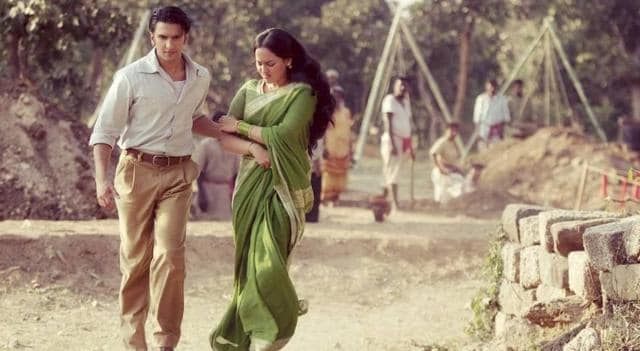
The film’s melancholic aesthetics, muted colours, and sombre tone effectively conveyed the emotions of the character. These visual cues captured Pakhi’s sense of loneliness and desperation as she grappled with her loss. Additionally, the film provided a complex representation of Pakhi’s sorrow that goes beyond conventional gender stereotypes where instead of just showing her as a helpless victim, the film expressed her sorrow in nuanced and varied ways while engaging with artistic outlets like writing.
Photographs And Barthian Idea Of Loss In Lootera And The Namesake
Photographs and cameras became a prominent motif in both films, interwoven with narratives of joy, loss, and grief experienced by different characters. In The Namesake, the photo of Ashima and Ashoke sent to their family after Gogol’s birth, along with the recurring frames and shots of family photos throughout the film, marked the centrality of memory in stories of loss, visually encapsulated within the photographs as external mementoes.
Roland Barthes, in his book Camera Lucida, wrote about the unique ability of photographs to capture the essence of a moment in time, to freeze a particular image forever. He saw photographs as a means to hold onto something that had been lost, keeping it alive in some way. In this sense, he viewed photographs as a form of mourning, a way to confront the absence of a person or thing that was no longer present.
Thus, the photo of Pakhi and Varun, which Varun kept with him, became a way to mourn his lost love, embodying a rememory that was pivotal in understanding the role of photographs in the process of mourning. The gesture of lingering over old photographs of a person after their death (or loss), using the photograph as a transitional process, a tangible memory that spanned a significant period of time. In this context, the photograph didn’t serve as a mere souvenir but became a counter-memory.
Thus, the photo of Pakhi and Varun, which Varun kept with him, became a way to mourn his lost love, embodying a rememory that was pivotal in understanding the role of photographs in the process of mourning. The gesture of lingering over old photographs of a person after their death (or loss), using the photograph as a transitional process, a tangible memory that spanned a significant period of time. In this context, the photograph didn’t serve as a mere souvenir but became a counter-memory.
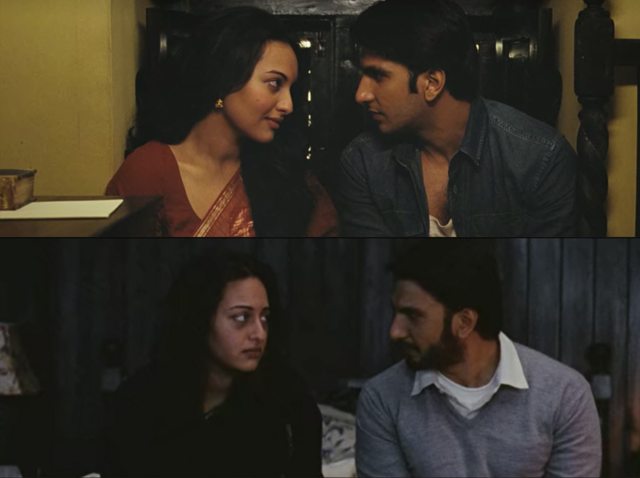
In the aforementioned films, the characters grapple with the theme of memory and the longing for what has been lost. They mourn through various means such as photographs, letters, and books. According to Freud, when the object of love no longer exists, the attachment is withdrawn in a process he calls reality-testing. However, there is a conflicting desire to hold onto the object through wishful hallucinations, which opposes this withdrawal of attachment.
Conclusion
Grief gets extensively expressed in Indian cinema through the purview of the complexly gendered and psychoanalytic lens, where it’s the unity of the viewer, the cameraman and the characters that dramatise and heightens the representation of the very process of grieving and mourning.
These two films grappled with not only the loss of a person but also a loss of identity experienced centrally by Gogol, Ashoke, Ashima, Pakhi and Varun. This highlighted the gendered nature of grief, where women largely confined to domestic spaces due to patriarchal norms were expected to mourn on behalf of men imitating the Indian socio-cultural space. The use of visual elements such as melancholic lighting, music, and subdued colours along with the lurking presence of silence played a significant role in portraying themes of death and loss. Finally, the absence of language as a primary method of expressing the convoluted feelings of grief was what made the idea of representation a fractured notion.
